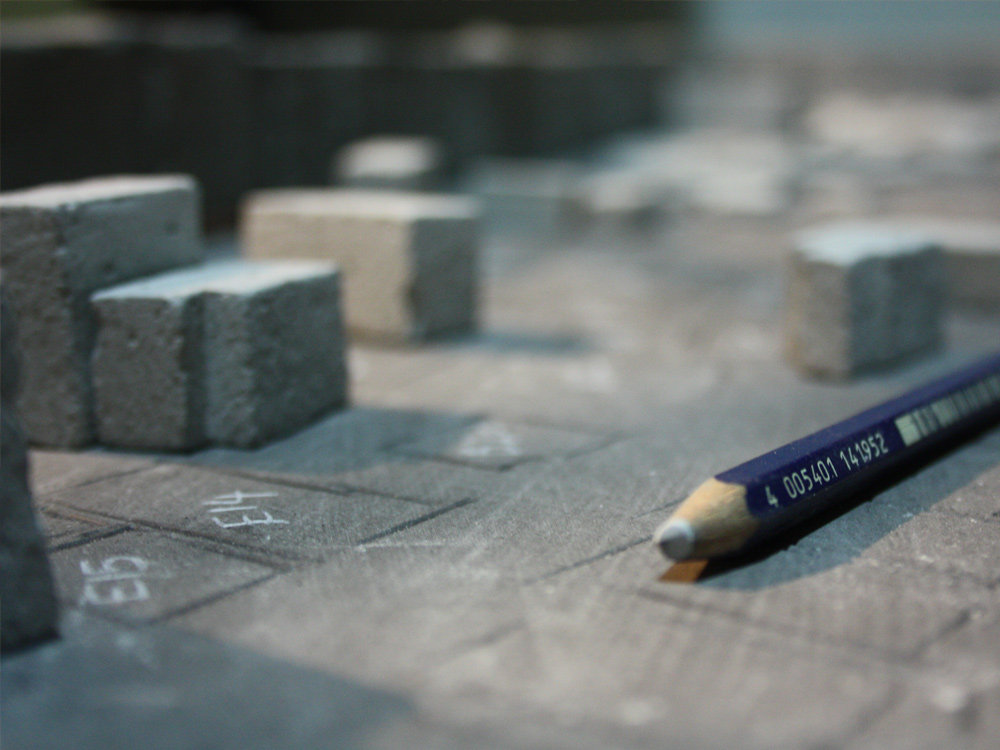The Ultimate Guide to Designing a Building in 2023
Designing a building may sound like an overwhelming task, but with a clear blueprint anyone can start turning their design dreams into reality. This guide provides an outline on how you can get started with designing a building in 2023.

Step 1 – The Design Outline
The aim of this initial step is for you to think carefully about what you want from the building. This is a vital step in making sure you have a clear idea of what you’re trying to achieve. One of the main reasons that can lead to conflicts with architects is a lack of understanding of what is required. If you have a very clear vision and can communicate this effectively to an architect, it’ll lead to a better build.
It’s always worth writing down ideas and making sketches first but always seek the advice and input from an architect. Even the simplest of building projects can experience bumps along the way, and if you’re inexperienced, this can be costly.
The years of experience architects have in analysing building design, mean they are the right people to take your initial concepts and ensuring they are realistic and achievable.
So, what type of things should you think about before getting an architect to review it?
- Purpose – It’s easy to get carried away with innovative and creative designs, but always link it back to the purpose of a building. Great design helps make a building more useful. This should be a key priority for your design. When you stay focused on the purpose of the building, details such as the layout, size of each room, etc, will all fall into place naturally.
- Budget – The budget of a project is going to heavily impact the reality of constructing and building out your design. It’s also important to have a reserve pot of capital, for when those unexpected issues arise in building projects.
- Location – A building should always fit in with its surroundings. Ensure your design enhances a location and adds value. Your design may look amazing in one location and awful in another. It’s about understanding the local environment and the character of a place to fully create a design that works.
- Material – This ties in closely with all 3 points mentioned above, but the materials used is an important step and one that is often ignored. The materials used will impact the budget significantly but also impact what’s possible. For example, certain shapes and curves simply aren’t possible with brick and stone, but very achievable with timber cladding. Taking this into consideration will help you design something that can be brought to life.

Step 2 – The Timeline
Some designs are amazing on paper but cause issues when it enters the construction and building phase. Being able to sit down with architects and builders and create a timeline for your design, will help you understand if it needs refining or changing.
Unless you have experience in construction, it’s hard to know how long something will take to build. There’s lots of things happening on a building site, so having a robust timetable and management document will help keep things in order.
It’s at this stage, you need to be thinking of finalising your design ideas with an architect. Some final things to consider would be to utilise modern architectural technology, such as augmented reality, to visualise design ideas in the real world. This can really help ensure you are happy with how it all looks.
You may also want to consult specialists in certain types of design/materials. You may require specialist engineers to review designs before it is safe to start working on them. Or even something like consulting interior designers is well worth sorting before work begins so you can begin to understand how the building will look when it’s finished. All these different aspects should be taken into consideration as soon as possible as it’s much harder to change things once you’ve started.
Designing a building needs attention on both the exterior/structural elements as well as the interior finish. Both parts of a build will be determining factors in how well the building is interpreted.
It’s also worth ensuring you have checked all the legal and regulation policies that could impact your new building. It is certainly worth double checking everything before you actually begin the work.

Step 3 – Construction
The final stage is to take your design and turn it into reality. This is where you’ll need a reliable company to help ensure everything runs smoothly. The scope of the project will impact the nature of the build, but as long as you’ve followed the steps above, your building design should be brought to life with no nasty surprises.
Designing a building involves balancing art with science. It’s about solving problems with beautiful and innovative ideas. It is something we love here at NORclad and something we’ve been helping clients do for over 35 years.
If you have a project that you want to get started, contact us today and we’ll help you take your designs and ideas and turn them into the building you’ve always wanted. In the meantime, check out our building design examples and case studies to help spark some inspiration and ideas. We hope to hear from you soon.











